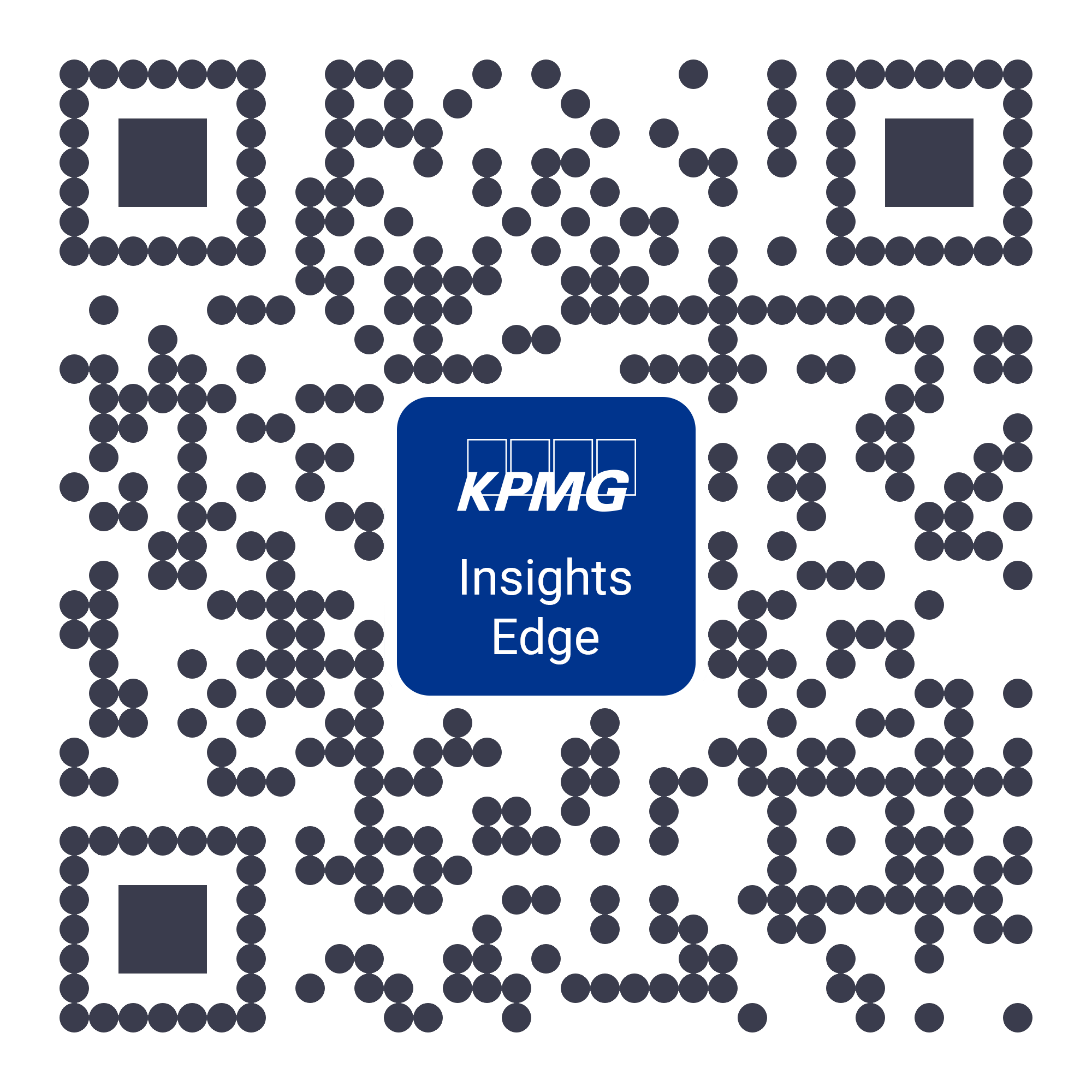Amid the rewiring of geopolitical alliances in recent times, companies across the world and in India, are dealing with trade-related challenges more than ever before. As per the International Monetary Fund, increasing restrictions on the trade in goods and services across countries could reduce global GDP by up to 7%.1 Further, according to KPMG International’s Global Top Risks Forecast released recently , 3,000 global trade restrictions have been imposed, tripling since 2019. The report has pinned the growth of international trade flows at 3.3% in 2024 year on year. For companies in India to make the most of the projected trade flow, developing holistic approaches to geopolitical risk management will be key. Here are some key strategies to overcome trade policy restrictions and risks.
Dynamic risk assessment
Even as India has launched a dynamic and open-ended Foreign Trade Policy (FTP) 2023, companies in the country will have to assess the challenges emerging out of trade-related vulnerabilities. Given the complex nature of geopolitical risks, organizations should take a more methodical approach to understand a company’s risk exposure. Going beyond on-the-ground intel, mapping potential outcomes of issues back to actual drivers of revenue and cost helps make informed decisions. Companies should consider the interconnectedness of risks within their operations, supply chains and broader ecosystem. Assessing the most influential risk can help isolate its potential impact. Some risks such as diversifying operations, supply chains and investment channels can be actively managed to avoid major escalation.
Envisioning supply chain exposure
Today, supply chains are heavily influenced by a trade policy that forces businesses toward new trading partners. At the same time, threats such as cyber, material scarcity and geopolitical exposure are likely to continue as companies operationalize further changes to suppliers, adjust their manufacturing footprint and implement new technologies. Mitigating these risks requires a multifaceted approach including advanced monitoring solutions, predictive analytics, cybersecurity advancements and supplier engagements. Global shifts towards sustainability calls for the greening of supply chains. This could not only mitigate risks associated with climate change, but also foster long-term resilience and enhance brand reputation amid a volatile trade environment.
Driving sustainable innovation and framework
In an increasingly disruptive world of climate disasters, organizations can focus on ESG to transform their business and build a more sustainable future by enhancing trust, mitigating risk and unlocking new value. Companies have to initially understand their current-state readiness to report on committed ESG-related, non-financial disclosures and be able to prioritize practical next steps.
Further, an honest self-assessment can help identify gaps in your reporting, particularly as regulatory compliance requirements continue to increase. The information that businesses report must be robust and independently assured to gain the trust of investors, stakeholders and the consumers at large. Finally, a framework to decide when and how to communicate publicly on social and political issues is imperative to shape their own narratives for making meaningful statements aligned with company values and commitments.
Taking a transparent AI integration path
Companies in India should look at harnessing the power of AI and accelerate thoughtful adoption, while recognizing the inherent complexities and potential risks that accompany such advancements. A recent analysis from the United Nations shows a global trade pattern, wherein many countries are turning more toward ideologically aligned trading partners. Aligning AI practices with international and industry-specific regulations and continually monitoring and updating their AI systems to keep them compliant in a rapidly evolving regulatory landscape, can help gain the trust and confidence of trading partners worldwide. At a time when cybersecurity continues to be a concern, transparent governance, policies, procedures, and operating models spanning the AI ecosystem, including training, evaluating and continuous monitoring of AI models will be key.
Maintaining the development trajectory
Findings of the KPMG 2023 India CEO Outlook show that business leaders in India are confident of the growth prospects for the global economy over the next three years.2 Moreover, they are also positive about the growth of their own company, representing a resilient attitude in weathering the storms of uncertainty. Against this backdrop, a clear view of the risk universe and the interdependency therein, will help them navigate challenges better.
Geopolitical developments continue to impact supply chain strategies, shift investment destinations and push up costs for companies, with AI adding an additional layer of risks. For India, as one of the world's largest emerging economies heavily dependent on global trade, these effects can be profound. The country's exports, particularly in sectors such as textiles, pharmaceuticals, and IT services, are sensitive to international trade policies. Therefore, any disruptions or restrictions in global trade can have widespread implications for the nation’s economic growth, employment levels, and overall development trajectory.
A version of this article was published in The Economic Times - Government.com. The same can be read here
[1] LinkedIn-Blog - The impact of rising trade restrictions, February 03 2024
[2] KPMG 2023 India CEO Outlook
Author
Access our latest insights on Apple or Android devices


